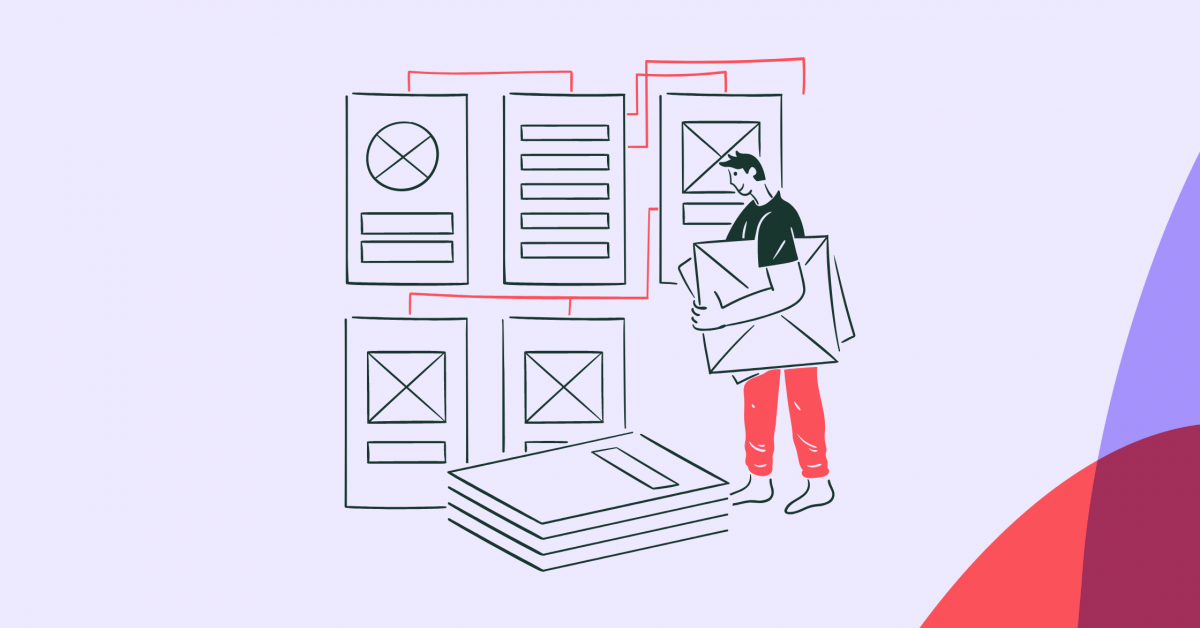A product redesign can be a daunting task. You might not know where to start or what benefits it can bring to your business.
What is a product redesign?
A product redesign is a process of improving a product by changing its design. Redesigns can be done for many reasons, including to improve the user experience or to meet new regulations.
A redesign may also be referred to as a “re-design,” which is short for “re-engineering.” A re-engineering project involves making significant changes to an existing system (or product), whereas a redesign focuses on making incremental improvements in order to address specific issues or problems that have been identified with the current version of your product. A redesign is often done as a part of a broader re-engineering project, which aims to improve the functionality and maintainability of an existing system. It can also be used to fix bugs or security vulnerabilities that were discovered during user testing.
Redesigns are common in industries such as fashion, where brands often change the cut and design of their products year after year. However, they’re also used in software development and other fields where there is an expectation that products will evolve over time.
The benefits of a product redesign
A product redesign can help you improve your product and the business as a whole. It can:
Improve user experience. An improved design will enhance user comprehension of your product, increasing the likelihood of them purchasing it or endorsing it to others.
Increase sales volume by reaching new customers who might not have been interested before due to outdated branding or messaging that doesn’t resonate with them anymore (e.g., “this company only cares about men”).
Improve brand image by showing off what makes your company unique–whether that’s its values, culture or history–through visual cues like colors or logos; these elements should also be consistent across all platforms so people know exactly where they are when visiting one of them for the first time!
Build brand loyalty by letting users experience your products or services in a way that’s personalized to them. Reduce support costs by making it easy for users to find answers on their own without having to contact customer service. Reduce development costs by automating repetitive tasks so developers can focus on other projects instead of doing the same thing over and over again!
How to start a redesign project
The first step in any redesign project is to start with the end in mind. That means taking a step back from your existing product and asking yourself: “What does this product need to accomplish?” and “Who is it for?” The answers will inform how you approach your redesign–whether that’s through research, ideation or prototyping.
Once you have an idea of what problem(s) your users are facing and their needs, it’s time to create a mood board (or mood boards). A mood board is an inspirational source book used as part of the design process as well as part of user experience research activities such as interviews or focus groups where participants may be asked about their favorite objects or colors associated with certain activities in order to get insight into how they might want those activities represented visually through icons/graphics etcetera..
Next up: Create a design brief based on what was learned during user research sessions, you’ll use this document throughout every step of development so if there are any changes along the way it’ll make life easier!
Once you have your design brief, it’s time to start sketching out ideas. Don’t feel pressured to get everything right from the get-go; this is just a brainstorming exercise. Wireframing is a process by which one creates simplified drawings of an interface and its various pages as well as how they are linked together—without any styling whatsoever. It can be used in conjunction with other techniques like prototyping or user testing but it also has its own benefits such as being able to communicate ideas visually without spending too much time on them
Redesign a Product in 9 Steps
Identify the Need for Redesign: The first step is to assess the reasons behind the product redesign. Analyze market trends, customer feedback, competitive landscape, and technological advancements to identify areas for improvement. Determine the specific goals and objectives you aim to achieve through the redesign.
Conduct Market Research: Perform comprehensive market research to gain insights into customer needs, preferences, and pain points. Gather feedback from existing customers, conduct surveys, and study market trends to identify opportunities for innovation and differentiation.
Define Design Goals and Constraints: Clearly define the design goals and constraints for the product redesign. Consider factors such as budget, timeline, target audience, and technical feasibility. Set specific, measurable, attainable, relevant, and time-bound (SMART) objectives to guide the redesign process.
Analyze User Experience: Evaluate the existing user experience (UX) of the product. Conduct user testing, gather feedback, and identify areas where the current design may fall short. Understand user behavior and expectations to inform the redesign strategy and improve usability and satisfaction.
Generate Concepts and Ideation: Brainstorm and generate multiple design concepts and ideas that align with the defined goals and user needs. Encourage a diverse range of perspectives and leverage tools such as sketching, wireframing, and prototyping to visualize and refine concepts.
Prototype and Test: Create prototypes of the redesigned product to gather user feedback and validate design decisions. Conduct usability tests, focus groups, or beta testing to assess how well the new design meets user expectations and resolves pain points. Iterate based on user feedback to refine the design further.
Collaborate with Cross-functional Teams: Engage cross-functional teams, including designers, engineers, marketers, and product managers, throughout the redesign process. Foster open communication, collaboration, and knowledge sharing to ensure the redesign aligns with technical feasibility, market positioning, and business objectives.
Implement and Iterate: Once the redesign is finalized, begin the implementation phase. Collaborate with development teams to ensure smooth execution and address any technical challenges. Launch the redesigned product, closely monitor user feedback, and iterate based on insights gathered post-launch.
Continuously Improve: Product redesign is an ongoing process. Collect user feedback, monitor market trends, and analyze performance metrics to drive continuous improvement. Regularly assess the product’s success against the defined goals and make incremental updates to meet evolving user needs and market demands.

